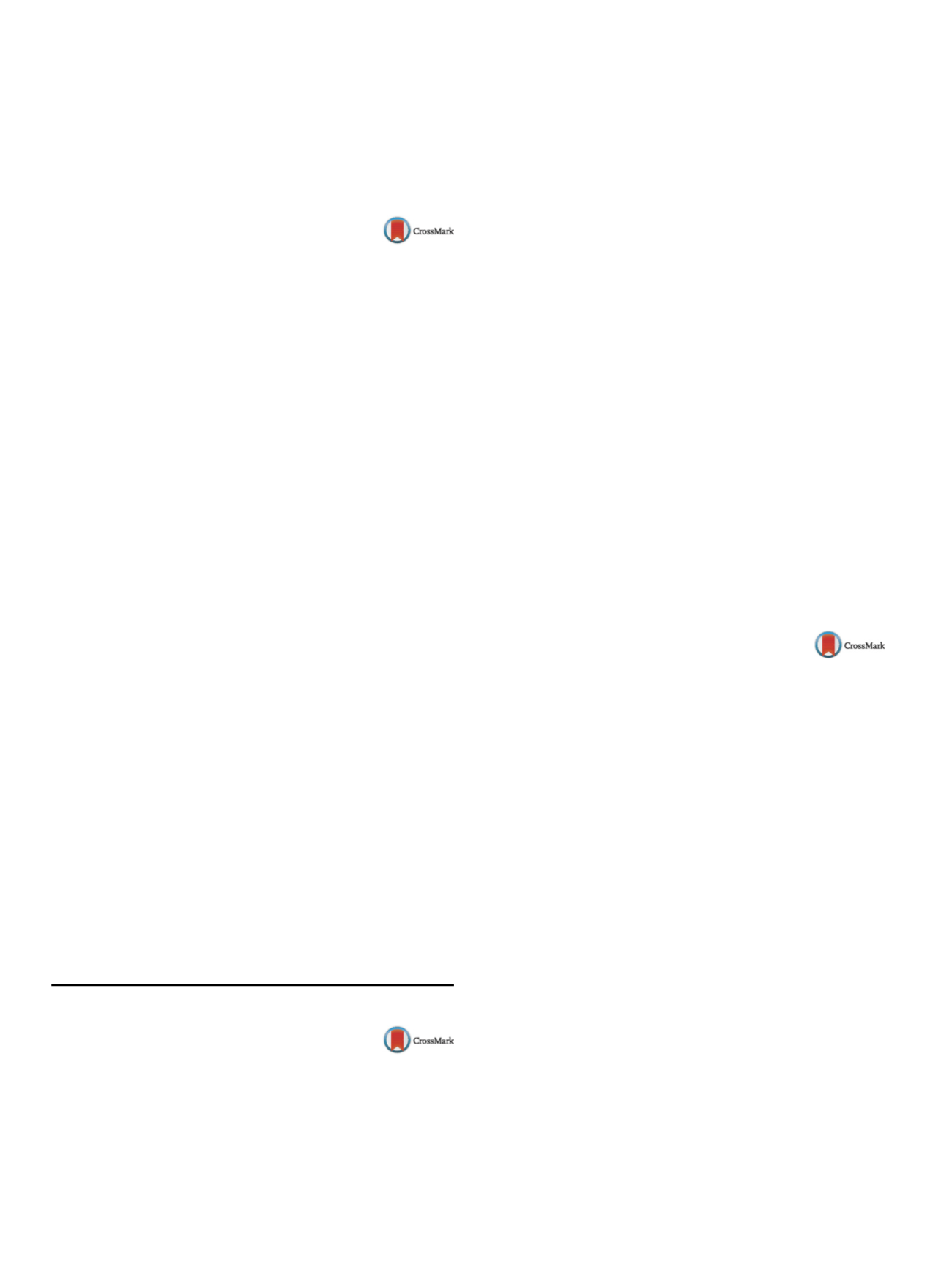

S630
25th European Congress of Psychiatry / European Psychiatry 41S (2017) S583–S644
quality of life in some patients with cognitive impairment due to
NPH.
Disclosure of interest
The authors have not supplied their decla-
ration of competing interest.
http://dx.doi.org/10.1016/j.eurpsy.2017.01.1024EV0695
Rural and urban childhood
environment effects on episodic
memory
X. Zhan
g 1 ,∗
, H .Yan
1 , S. Shah
2 , G.Yang
2 , X. Zhao
1 , J. Zhu
2 ,X. Zhan
g 1 , J. Li
1 , Y. Zhang
1 , Q.Chen
2 , A. Mattay
2 , W.Yue
1 ,D.R. Weinberger
2, D. Zhang
1, H. Tan
21
Peking University, Institute of mental health, Beijing, China
2
Lieber Institute for Brain Development, Neuroimaging Core,
Baltimore, USA
∗
Corresponding author.
Introduction
Childhoods in urban or rural environments may
differentially affect risk for neuropsychiatric disorders. Here, we
leveraged on dramatic urbanization and rural-urban migration
since the 1980s in China to explore the hypothesis that rural or
urban childhoods may differentially influence memory processing
and neural responses to neutral and aversive stimuli.
Objectives
Explore the underlying mechanisms of childhood
environment effect on brain function and neuropsychiatric risk.
Methods
We examined 420 adult subjects with similar current
socioeconomic status and living in Beijing, China, but with differing
rural (
n
= 227) or urban (
n
= 193) childhoods. In an episodicmemory
paradigmscanned in a 3 T GEMRI, subjects viewed blocks of neutral
or aversive pictures in the encoding and retrieval sessions.
Results
Episodic memory accuracy for neutral stimuli was less
than for aversive stimuli (
P
< 0.001). However, subjects with rural
childhoods apparently performed less accurately for memory of
aversive but not neutral stimuli (
P
< 0.01). In subjects with rural
childhoods, there was relatively increased engagement of bilateral
striatumat encoding, increased engagement of bilateral hippocam-
pus at retrieval of neutral and aversive stimuli, and increased
engagement of amygdala at aversive retrieval (
P
< 0.05 FDR cor-
rected, cluster size > 50).
Conclusions
Rural or urban childhoods appear associated with
physiological and behavioural differences, particularly in the neu-
ral processing of aversive episodic memory at medial temporal and
striatal brain regions. It remains to be explored the extent to which
these effects relate to individual risk for neuropsychiatric or stress-
related disorders.
Disclosure of interest
The authors have not supplied their decla-
ration of competing interest.
http://dx.doi.org/10.1016/j.eurpsy.2017.01.1025e-Poster Viewing: Neuroscience in Psychiatry
EV0696
Possible Involvement of Endogenous
Opioids and Nitric Oxide in the
Anticonvulsant Effect of Acute
Chloroquine Treatment in Mice
A. Abkhoo
Students’ Scientific Research Center SSRC, Tehran University of
Medical Sciences, Tehran, Iran, Medicine, Tehran, Iran
Introduction
Chloroquine, a 4-aminoquinoline derivative, has
long been used for the treatment of malaria and rheumatological
disorders, including rheumatoid arthritis and systemic lupus ery-
thematosus. Accumulating evidence now suggests potential use of
chloroquine as a neuroprotectant. Studies have shown that nitric
oxide (NO) pathway is involved in the chloroquine actions. Consid-
ering the fact that nitrergic neurotransmission plays a crucial role
in the central nervous system functioning, in the present study we
evaluated whether nitrergic system is involved in the anticonvul-
sant effects of chloroquine in a model of clonicseizure in mice.
Methods
Clonic seizure threshold was determined by infusion
of pentylenetetrazole (PTZ, 0.5%) at a constant rate of 1mL/min
into the tail vein of male Swiss mice (23–29 g). Minimal dose of
PTZ (mg/kg of mice weight) needed to induce clonicseizure was
considered as an index of seizure threshold.
Results
Chloroquine (5mg/kg, acutely 30min before test,
intraperitoneally), i.p significantly increased the seizure thresh-
old. Acute co-administration of a non-effective dose of the
non-selective NO synthase (NOS) inhibitor, L-NAME (L-NG-Nitro-
L-argininemethyl ester hydrochloride,5mg/kg, i.p.) or the selective
inhibitor of neuronal NOS, 7-NI (7-nitroindazole, 40mg/kg, i.p.)
with an effective dose of chloroquine (5mg/kg) inhibited its anti-
convulsant effects. Co-administration of a non-effective dose the
selective inducible NOS inhibitor, aminoguanidine (100mg/kg, i.p.)
with chloroquine 5mg/kg did not alter its anticonvulsant effects.
Conclusion
Chloroquine increases the PTZ-induced clonic seizure
threshold in mice. We demonstrated for the first time that nitric
oxide signaling probably through neuronal NOS could be involved
in the anticonvulsant effects of chloroquine in this model of seizure
in mice.
Disclosure of interest
The author has not supplied his/her decla-
ration of competing interest.
http://dx.doi.org/10.1016/j.eurpsy.2017.01.1026EV0697
Cannabis and confabulation:
An intrusive relationship
A. Barcelos
∗
, A. Lopes , M. Bernardo , C. Adriana
Hospital Garcia de Orta, EPE, Psiquiatria e Saúde Mental, Almada,
Portugal
∗
Corresponding author.
Introduction
The association between the neurocognitive impact
of cannabis use and deficits in working and declarative mem-
ory is well documented. Studies with cannabis users suggest
that recognition memory is particularly susceptible to cannabi-
noid acute intoxication. Studies carried out in the 1970s using
free memory tests, showed that cannabis users not only named
fewer words having also a tendency to evoke intrusive memories.
Interestingly, a recent study has exposed an association between
cannabis consumption and increased likelihood of creating fake
memories.
Objectives
The main objective of this work is to do litera-
ture revision, framing old data with recent works, exposing the
relationship between cannabis consumption and memory confab-
ulation/intrusion.
Methodology
Literature review, comparison and description of
empirical data
[1] .Results
Recent studies show that both cannabis users and absti-
nents are more susceptible to create false memories, not being able
to identify trap stimuli as events that never occurred.
Discussion/conclusions
Changes in perception and memory
deficits are two common consequences of acute marijuana intox-
ication. The fact that these deficits remain during drug abstinence
demonstrates the relevance of better understanding the mech-
anisms by which cannabinoids alter such cognitive functions.
Reductions in the activation of brain areas comprised in the lateral
and temporal lobe and in frontal cortex zones involved in the pro-
cesses of attention and performance monitoring may be a possible
explanation.


















